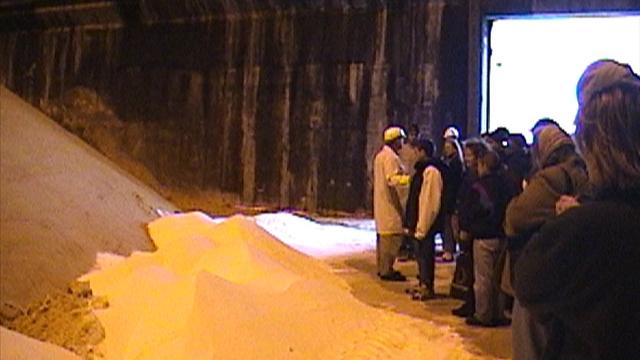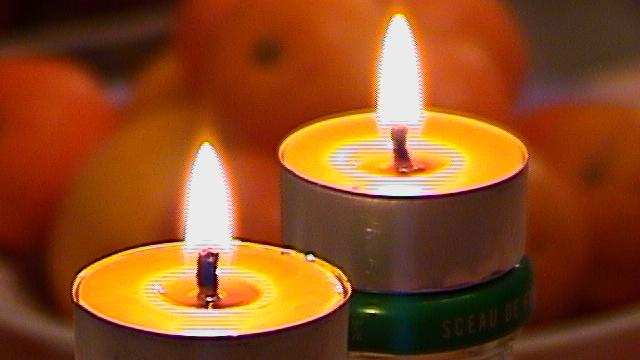
· Bees' Gifts ·


© Yarmosh AG 2007
This section takes a closer look at the unique natural products that come from a beehive. The two contrasting images we chose to represent the main idea are a mountain of raw cane sugar ready for processing at a sugar refinery plant, and a pair of bright beeswax candles on a dinner table. The message is simple: honey is not just a sweetener like sugar, and bees are more than just honey.
Unlike sugar, honey is a healthy food. Many people completely replace sugar with honey once they learn about the difference between the two. For them, some ten kilograms of honey per year does not sound like too much at all. However, on average less than a kilogram per person is consumed yearly around the world. The situation is better in countries like Greece, Portugal, Germany and Switzerland, but even there the average numbers could be much higher.
Quality and price are the two factors, after product knowledge, that keep people from eating more honey. Yes, commercially produced honey is far from being the best. Even with the very expensive brands you never know where did it come from and how was it processed. But if it comes right from the beehives at your own backyard - you are guaranteed the quality is superb, and it costs you... well, nothing.
Honey does not need any processing - heating, pasteurizing, mixing, blending etc. Just squeeze the honeycombs and let honey flow right into the jars. Keep it with a tightly closed lid (honey absorbs moisture), and it will never go bad. There are rumors that 3000 years old honey was found in the Egyptian pyramids, and it was still good to eat.
If you don't mix the contents of different beehive frames filled with honey, chances are you may notice a slight difference in colour and taste even if you take any two jars to compare. This way you can try many subtle flavours and varieties of honey that are not available in stores, and eat it in its most natural and beneficial form - still in the honeycombs.
Honey is an excellent source of energy. But for vitamins, proteins, minerals, other essential nutrients, nothing comes close to beebread. This name is commonly used for pollen collected, processed and stored by bees in their combs as food for "baby bees". Unlike dried pollen pellets where nutritional value is rapidly lost, beebread is more digestible, does not require freezing, has better composition, nutritional value, pleasant bittersweet taste, plus almost unlimited shelf life.
Honey and beebread are not the only products bees make. For example, a by-product of honey extraction is... beeswax. Beeswax candles have amazing health benefits worth knowing about, unlike cheaper paraffin candles that are also a by-product, but of... petroleum refineries. Beeswax is a primary ingredient in cosmetics - commercial and home-made creams, balms and lotions that provide helpful nutrients to the skin. Beeswax can also be used for natural wood polishing (including furniture and floors), leather protection, waterproofing textile and paper, modeling etc.
Another valuable bee product is propolis. Research shows that it has antiseptic, antibiotic, antifungal, even antiviral properties. Used by people for thousands of years, it is known to fight colds, sore throats, skin infections, heal wounds, etc. There are no reported side-effects from using propolis, including long term use. Unlike many medical drugs, it does not depress the immune system, but instead boosts it. It has been found effective against some strains of bacteria that resist chemical antibiotics. Alcohol extracts of propolis are believed to be the most effective. Talk to your doctor and learn more about the unique medicinal benefits of propolis.